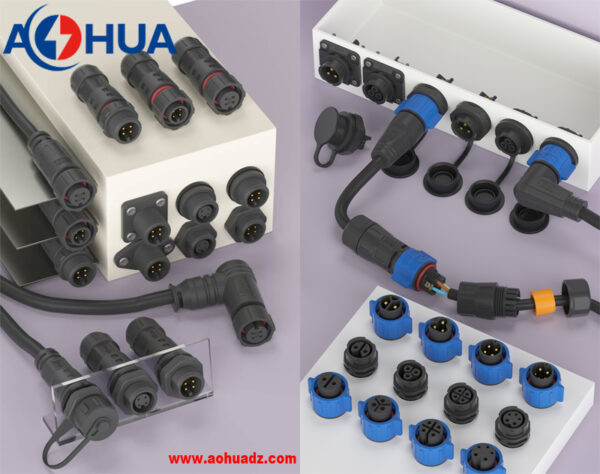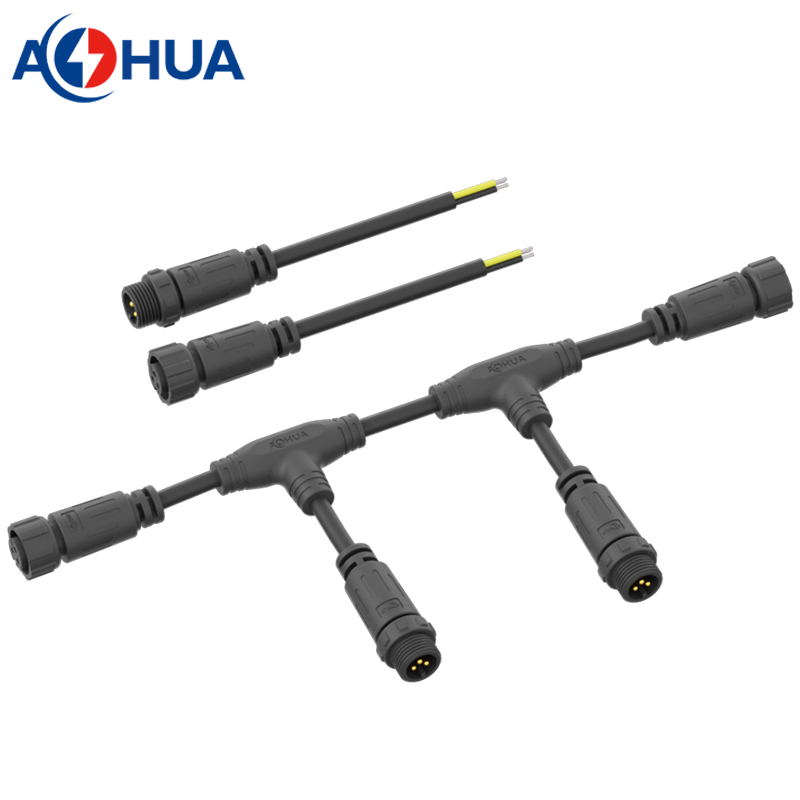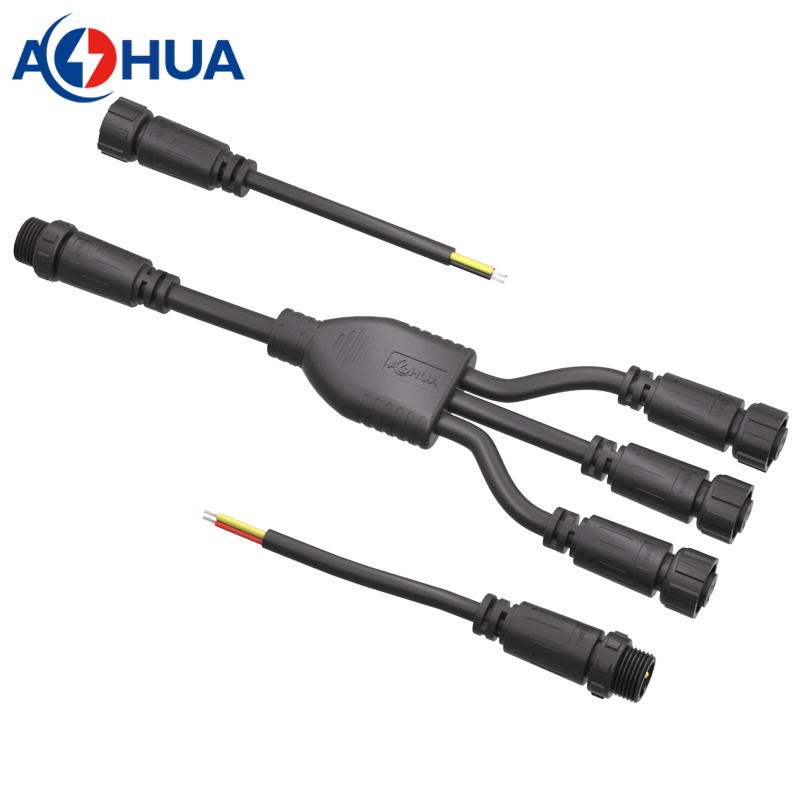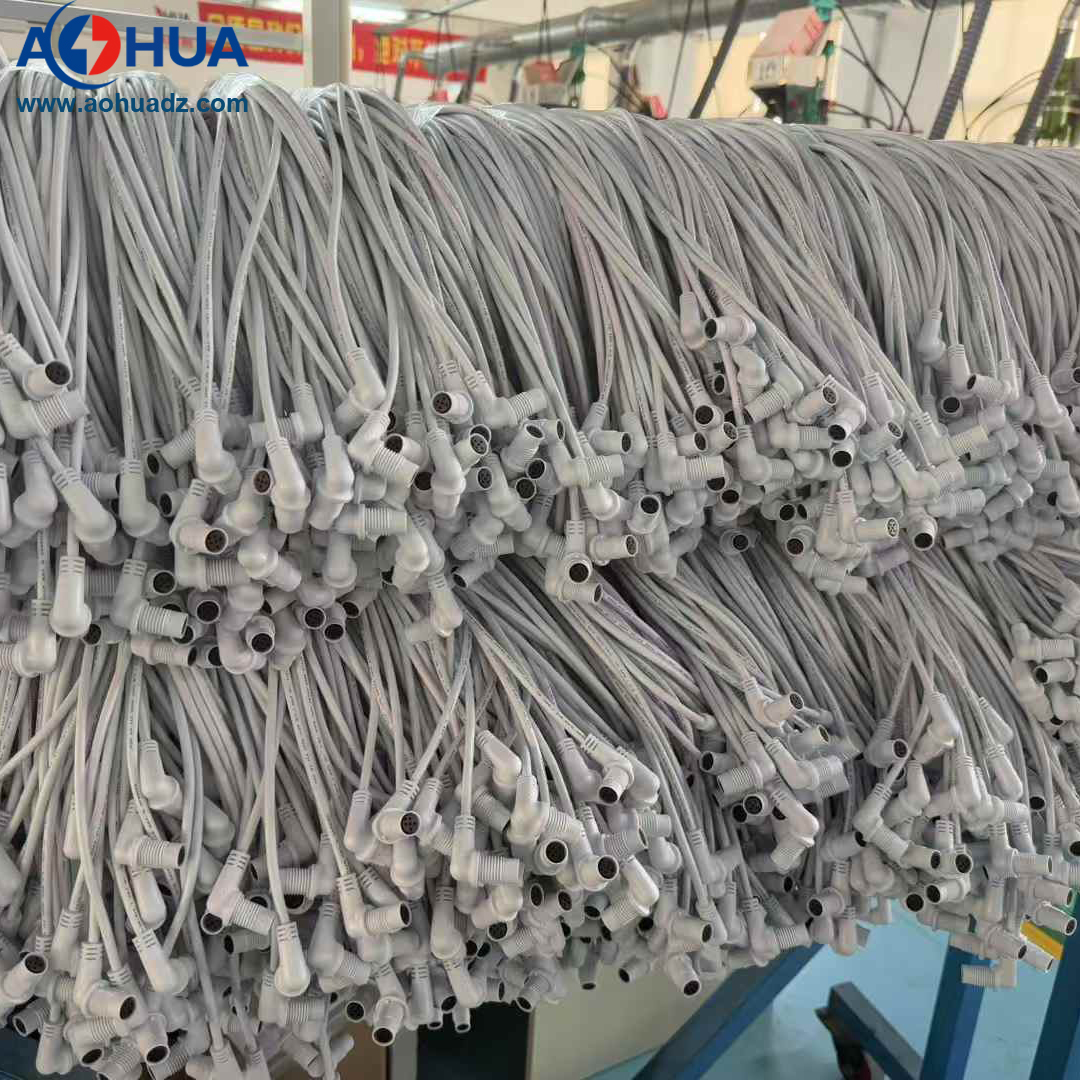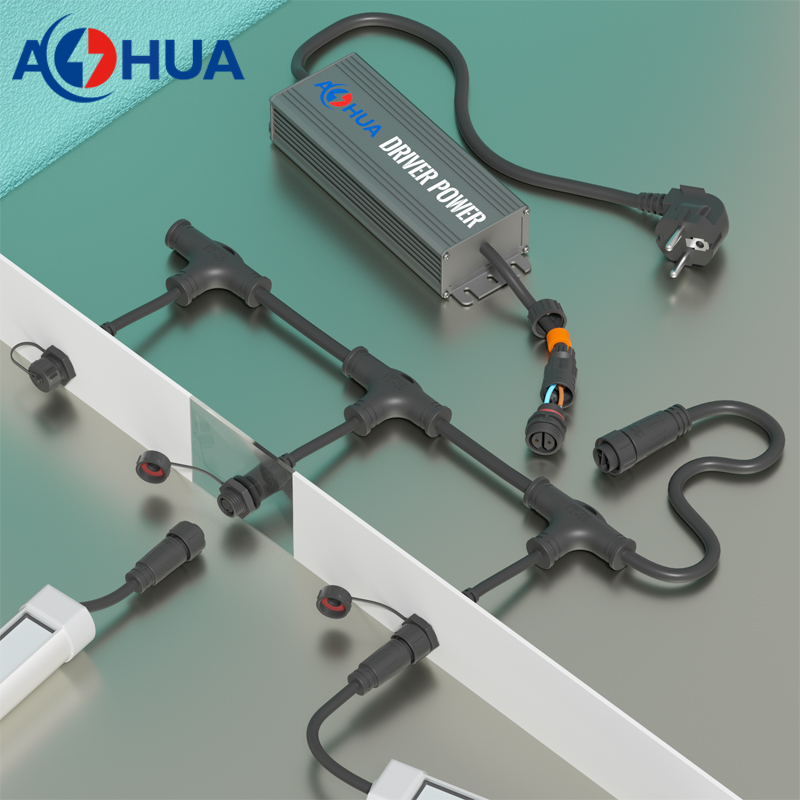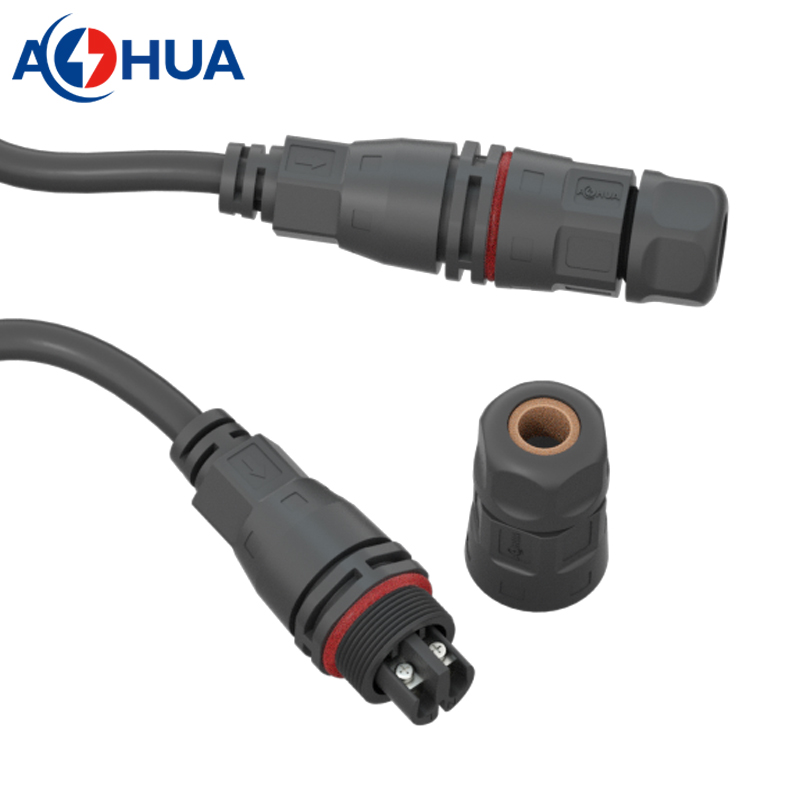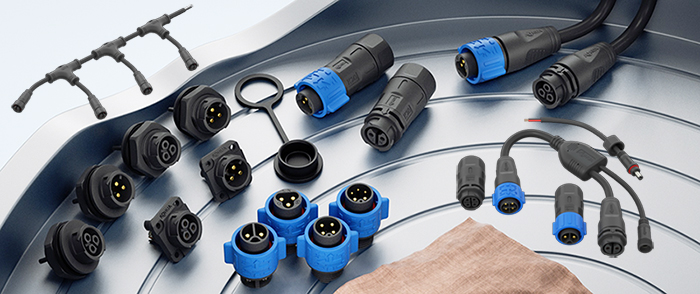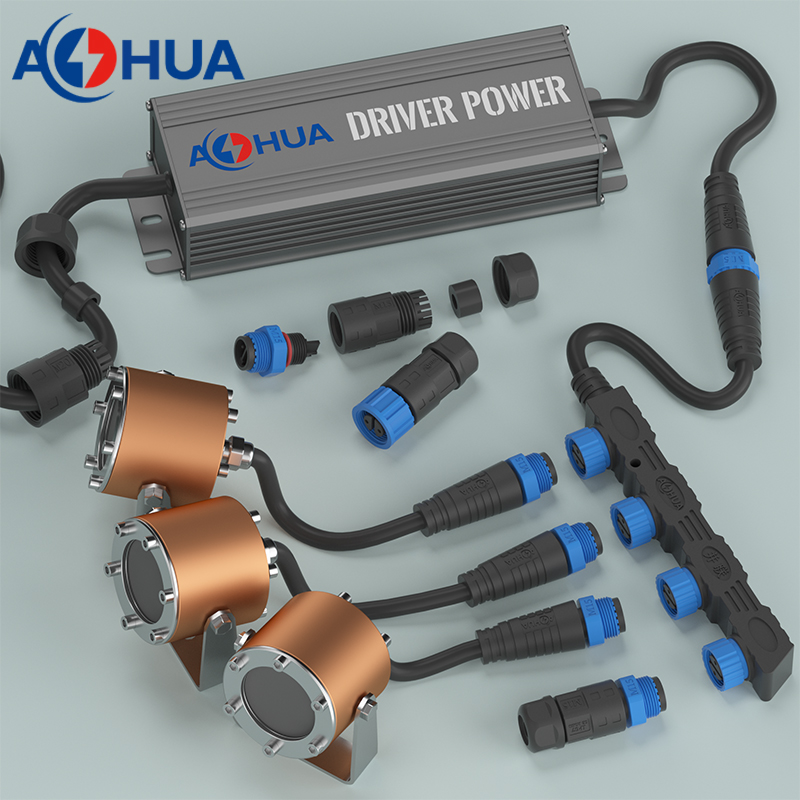How to find a compatible waterproof connector for your existing connector solution?
Usually, we can meet this problem that we already have the connector from original supplier products, but now it have been broken, need to use new connector to take the place of it and repair it. Surely, repair is use a new connector to take the place of it. But how to find a connector to replace it?
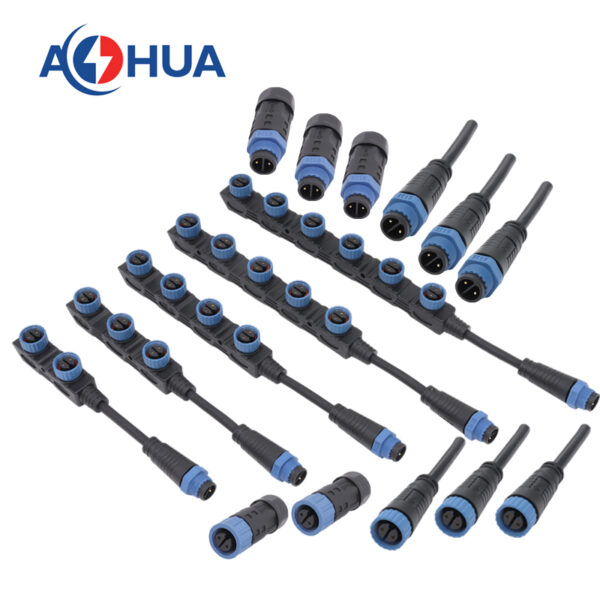
Finding a compatible waterproof connector requires careful consideration of various factors. Here are some steps to help guide you through the process:
Determine the Requirements: Start by clearly defining your project requirements. Consider factors such as the application, intended environment, voltage and current ratings, wire gauge, number of pins, and any specific standards or certifications required.
Research Connector Types: Familiarize yourself with the different types of waterproof connectors available in the market. Common types include circular connectors (e.g., M8, M12), rectangular connectors (e.g., D-Sub), and industry-specific connectors (e.g., aviation, medical). Understand the features, advantages, and limitations of each type to help narrow down your options.
Consult Manufacturer Datasheets: Check manufacturer datasheets and product specifications for the waterproof connectors you are considering. Look for details such as IP rating (Ingress Protection), voltage and current ratings, temperature range, and material compatibility.
Consider Connector Size and Configuration: Evaluate the physical dimensions and pin configuration of the connectors. Ensure that the size and shape align with the available space and mounting requirements within your application. Verify that the pin configuration matches your electrical needs, including the necessary power, ground, and signal connections.
Evaluate Environmental Compatibility: Assess the environmental conditions the connector will be exposed to, such as moisture, dust, temperature extremes, chemicals, or UV radiation. Select a connector that is rated for the specific environmental conditions it will encounter. Look for IP ratings that indicate the connector’s level of protection against solids and liquids.
Seek Expert Advice: If you have specific technical requirements or need assistance in selecting a compatible connector, reach out to manufacturers or distributors specializing in waterproof connectors. They can provide expert guidance based on their knowledge and experience in the field.
Test and Validate: If feasible, consider obtaining samples or prototypes of the connectors you are considering. Perform your own testing and validation to ensure that they meet your requirements in terms of functionality, waterproofing, and overall performance.
Ensure Compliance: Depending on your industry or application, verify if the chosen waterproof connector needs to meet specific standards or certifications. Examples include UL (Underwriters Laboratories), IEC (International Electrotechnical Commission), or MIL-STD (Military Standard) certifications. Ensure that the connectors comply with the necessary requirements to meet regulatory standards and safety guidelines.
Work with a Reputable Supplier: Collaborate with a reputable supplier or manufacturer of waterproof connectors. They can offer professional advice, provide product samples, assist with customization options, and ensure timely delivery of compatible connectors that meet your specifications.
Remember that finding a compatible waterproof connector is not a one-size-fits-all process. It requires thorough evaluation, consideration of specific requirements, and collaboration with knowledgeable suppliers to ensure that you select a connector that will provide a reliable, waterproof connection for your application.
In fact, there is no many factors to consider for a replace connector. Because the connector you have have determined this connector is standard or not. If this waterproof connector is standard, you can look for it easy from online market. But if this connector is not standard, it mean that except the original supplier, almost no one else can provide the same connector because this is private mold, and different factory with different mold. Like that case, AOHUA solution is:
- Look for the original supplier to order the same connector;
- Cut the existing connector and buy a assembly connector the replace it.
- Make a new mold and make the same connector to match with it.
Whatever which method you want, that is a solution to solve your problem, but that will be different cost. And there will be a problem is that the original maybe have stopped production of this connector or company go bankrupt. In summary, finding a larger and reliable supplier will ensure your solution will run well and will have a good after-sales at the beginning.
AOHUA company have established on 2010, we are engaging in this area more than 18 years. And we own more than 3 buildings factory and office. You can come to take a visiting or make live connection to see the factory. Our final purpose is you can know AOHUA, believe and choose AOHUA. AOHUA will be your best supplier. Please contact Molly and establish cooperative relations with AOHUA from here: www.aohuadz.com, email: molly@aohuadz.com.
